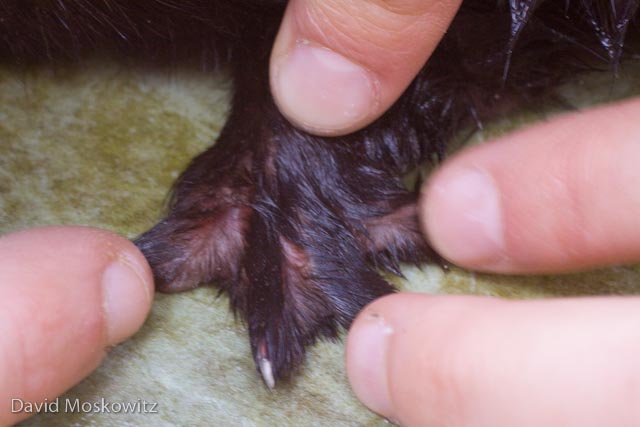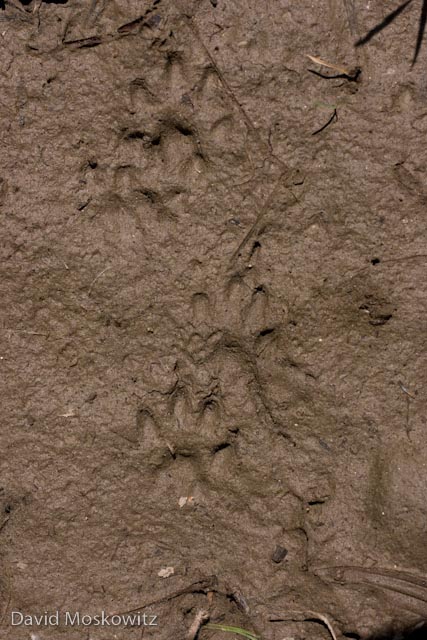Northwest Connections is an innovative organization which runs a variety of biological monitoring, conservation, and educational programs all revolving around the unique and wild landscape of the Swan Valley in northwestern Montana where they are based. In April, I delivered a Cybertracker Conservation Track and Sign Certification Event for them. A very talented group endured challenging field conditions (including about 5 inches of fresh snow Saturday night and Sunday!) and everyone in the group earned a Certificate. My friend and colleague Emily Gibson came along to take some photographs and I am grateful to her for sharing a number of the images for this post!
We started the evaluation on the Northwest Connections campus on the Swan River. Here I am explaining how the evaluation process works at the start of the first day.
The evaluation included a number of questions about the remains of a white-tailed deer which had been consumed by wolves.
Inspecting a leg bone from the deer which had been partially consumed by the wolves revealed the bone marrow which offers clues to the health of the deer at the time it died.
Mike Mayernik taking an answer from participant Andrea Stephens about the elk antler rub on the tree between them.
Heavy snow Saturday night and Sunday morning called for desperate measures. Here Adam Lieberg, Conservation Program Coordinator for Northwest Connections, uses a broom to brush snow off of sign we had found during our scouting for the evaluation.
The scratch marks left by a mountain lion on a leaning tree along a well used game trail above the Swan River.
Mike points out one of the questions on the evaluation about a mountain lion scat and scrape, created by a scent marking behavior of the large cat, found along the same game trail as the claw marks from the previous photo.
We took refuge under a bridge for a few questions on the snowy Sunday.
A blade of grass points to the tip of a mink track found under the bridge.
Every question on the evaluation is discussed thoroughly after all the participants have submitted their answers. Here we are discussing the sign left behind by an elk which used its incisors to peel bark on a small tree and then rub its head against the tree, a common scent marking behavior of elk.
The shredded bark has all been peeled upwards due to the fact that elk only have lower incisors. Numerous hairs from the elk got stuck in the ragged bark and sticky pitch of the tree.
Congratulations to everyone who participated in the evaluation. In this particularly talented group of wildlife trackers, everyone earned a Level 2 certificate or higher!
Level 2 Certificates Awarded: Jim Quinn, Trenton Harper, Scott Tomson, Andrea Stephens
Level 3 Certificates Awarded: Cassie March, Luke Lamar, Lara Arvidson, Mike Stevenson, Alissa Anderson, Rebekah Rafferty
For a complete list of certified trackers in North America visit trackercertification.com






























